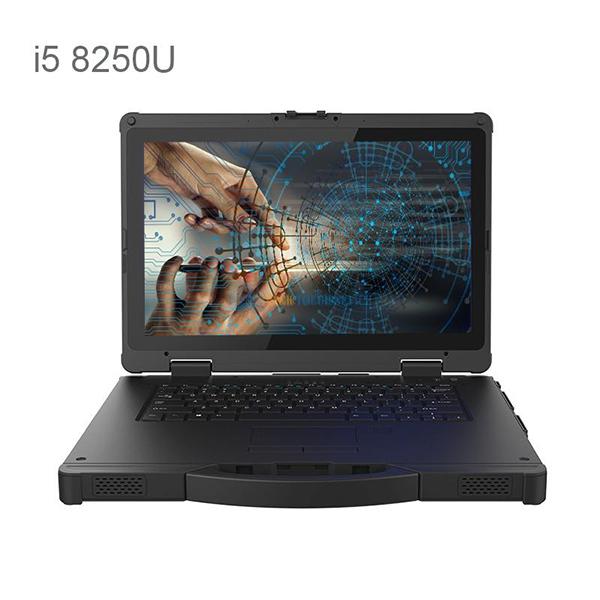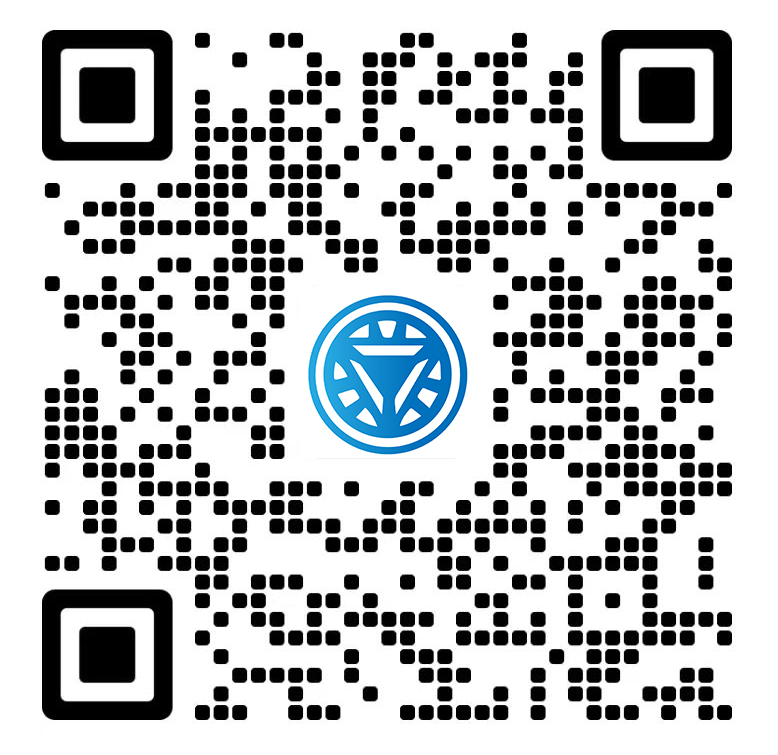Welcome STARK TOUCH DEVICE!
Solutions
Data reading operation of external sensors connected to industrial control computers
Operational Guide for Reading External Sensor Data on Industrial Control Computers
Industrial control computers (ICCs) are central to modern automation systems, often requiring integration with external sensors for real-time data acquisition. Whether monitoring temperature, pressure, or motion, proper sensor data reading ensures accurate process control and system reliability. This guide covers hardware interfacing, software configuration, and troubleshooting techniques for seamless sensor integration.

Hardware Interface Selection and Wiring
The first step in sensor integration is choosing the correct physical interface. Industrial sensors typically use analog, digital, or serial communication protocols, each with specific wiring and power requirements.
Analog Sensor Integration
Analog sensors output voltage or current signals proportional to the measured variable (e.g., 0–10V for temperature). To connect these to an ICC:
Signal Conditioning: Use isolation amplifiers or signal converters if the sensor output exceeds the ICC’s input range. For example, a 4–20mA pressure sensor might require a 250Ω resistor to convert current to a 1–5V signal.
Grounding: Ensure a single-point ground connection to avoid loops. In a factory setting, a poorly grounded analog sensor caused 15% measurement errors due to electrical noise.
Shielding: Twist sensor wires and use shielded cables for long-distance runs. A study showed that unshielded 10m sensor cables introduced 50mV of noise in a motor control application.
Digital Sensor Integration
Digital sensors (e.g., encoders, limit switches) communicate via discrete signals or protocols like I²C, SPI, or RS-485. Key considerations include:
Pull-up Resistors: For I²C sensors, 4.7kΩ pull-up resistors are often needed on SDA/SCL lines. A missing resistor caused intermittent communication in a robotic arm ICC.
Termination: RS-485 networks require 120Ω termination resistors at both ends to prevent signal reflections.
Polarity: Reverse-polarity protection diodes can safeguard ICC inputs from accidental miswiring.
Software Configuration for Data Acquisition
Once hardware is connected, software must be configured to read and process sensor data. This involves selecting drivers, setting sampling rates, and handling data formats.
Driver and API Setup
Most ICCs use operating systems like Windows IoT, Linux, or real-time OS (RTOS). Steps include:
Device Manager: Verify sensor drivers are installed (e.g., FTDI drivers for USB-to-serial converters).
API Selection: Use manufacturer-provided libraries (e.g., NI-DAQmx for National Instruments hardware) or open-source tools like PySerial for Python.
Error Handling: Implement retries for failed reads. A packaging line ICC improved uptime by 30% after adding automatic reconnection logic for dropped sensors.
Sampling Rate Optimization
Sampling frequency must balance accuracy and system load. For example:
A vibration sensor on a turbine might require 10kHz sampling to capture high-frequency oscillations.
A slow-changing temperature sensor could use 1Hz sampling to reduce CPU usage.
Testing tip: Use oscilloscopes or logic analyzers to verify signal integrity at the chosen sampling rate.
Data Parsing and Validation
Sensor data often arrives in raw formats (e.g., hexadecimal for Modbus, binary for SPI). Steps to process it include:
Endianness: Check if the sensor uses big-endian or little-endian byte order. A misconfigured ICC once misinterpreted pressure readings by a factor of 256.
Checksums: Validate data packets using CRC or checksums. A conveyor system ICC rejected 5% of corrupted packets after implementing CRC checks.
Scaling: Convert raw values to engineering units (e.g., mV to °C).
Real-Time Processing and Latency Management
In industrial automation, delays between sensor reading and actuator response can cause instability. Techniques to minimize latency include:
Interrupt-Driven vs. Polling Methods
Interrupts: Ideal for time-critical events (e.g., emergency stop signals). A CNC machine ICC reduced response time from 50ms to 5ms by using GPIO interrupts for limit switches.
Polling: Suitable for low-priority sensors (e.g., ambient temperature). Polling every 100ms instead of 10ms reduced CPU load by 15% in a power plant ICC.
Buffering and Queuing
For high-speed sensors (e.g., LiDAR), use circular buffers to prevent data loss. A robotics ICC implemented a 1024-sample buffer, eliminating dropped frames during rapid movements.
Multithreading and Prioritization
Separate sensor reading, processing, and control tasks into threads. An automotive assembly ICC assigned real-time priority to safety sensors, ensuring they preempted non-critical tasks like logging.
Troubleshooting Common Sensor Integration Issues
Even with careful setup, issues like noise, dropped packets, or incorrect readings can occur.
Electrical Noise Mitigation
Twisted Pairs: Replace parallel wires with twisted pairs for analog signals.
Ferrite Beads: Add ferrite beads near sensor connectors to suppress high-frequency noise.
Isolation: Use optocouplers or digital isolators for sensors in noisy environments (e.g., near VFDs).
Communication Failures
Baud Rate Mismatch: Verify sensor and ICC use the same baud rate (e.g., 9600 vs. 115200).
Addressing: Check device addresses in Modbus or CAN networks. A misconfigured address once caused a factory-wide shutdown.
Cable Length: For RS-485, keep cables under 1200m. Beyond this, use repeaters.
Data Inconsistencies
Calibration Drift: Recalibrate sensors annually or after environmental changes (e.g., humidity shifts).
Firmware Updates: Check for sensor firmware bugs. A pressure sensor firmware update fixed a 2% offset error in a chemical plant.
Ground Loops: Use isolated power supplies for sensors to break ground loops.
By following these practices—careful hardware selection, precise software configuration, and proactive troubleshooting—industrial control computers can reliably read external sensor data, ensuring optimal performance in automation systems.


